#Eucharitidae
Explore tagged Tumblr posts
Text
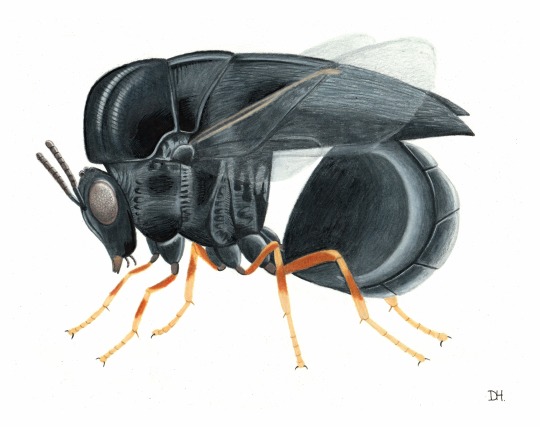
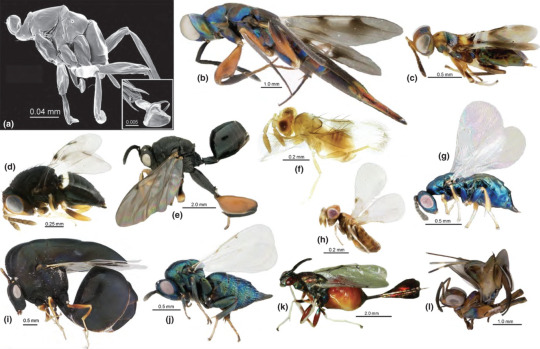
https://onlinelibrary.wiley.com/doi/full/10.1111/cla.12006
Galearia spp. are probably one the most ridiculous looking Eucharitid wasps I've ever seen. It is also a favourite. It looks like a weird spaceship or something. The first image is my drawing, the second image is a reference photo from the above provided link. Galearia (i) is pictured at the bottom left.
#hymenoptera#insect#entomology#wasp#wasps#apocrita#parasitica#Chalcidoidea#Eucharitidae#Galearia#TraditionalArt#Illustration
575 notes
·
View notes
Text


the duality of wasp asses
top one is Macrorileya oecanthi (Eurytomidae), bottom is Pseudochalcura gibbosa (Eucharitidae), both collected in Oregon
41 notes
·
View notes
Text
Let us not ask why a creature exists in this form but rather how I can give it a little kiss
*sitting here for way too long and not long enough pondering the "why" of this creature design*


Obeza floridana, eucharitid wasp
6/21/23. N. Florida
#insects#bugs#wasp#Eucharitidae#but i do also want to know why#butt connected by string is the best wasp design objectively tho
3K notes
·
View notes
Text
ANTLERED WASP
i / ii / iii / iv
images will be displayed on post if permitted usage of em is gained
#cw: insects#thought these were sum form of dauber when i first got a wink of them#eucharitidae#wasp#parasitic wasps#insect#animal#parasitoid#antlered wasp#minor trypophobia#less holes moreso indents#to walk on the safe side though#antenne#festive#december#sparkle#links
0 notes
Text
Les espèces invasives et la biodiversité : Fourmi de feu
See on Scoop.it - Les Colocs du jardin
L'IBPS (plate-forme intergouvernementale sur la biodiversité - équivalent du GIEC) vient de publier un rapport sur ce sujet et ils estiment le coût à près de 400 milliards par an. "La petite fourmi de feu provoque des dégâts sur les infrastuctures et les réseaux électriques. Elle mord aussi plus de 100 000 américains, causant la mort de près d'une centaine d'entre eux." Franck Courchamp d'Orsay a participé à cette étude. (Mouterde 2023)."
Alain Lenoir mis à jour 24-Jan-2024 "Des essais de lutte biologique sont menés depuis des années contre Solenopsis invicta par des champignons, des parasitoïdes (Eucharitidae, mouches phorides) qui n’ont pas suivi lors de la migration. On peut infecter les fourmis avec le champignon pathogène Metarhizium anisopliae, mais elles boivent plus de quinine (self medication), reçoivent plus de trophallaxies (Qiu et al. 2016). C’est de l’immunité sociale, donc la lutte est difficile. Pseudacteon tricuspis et P. curvatus sont des mouches phorides parasitoïdes d'Amérique du Sud qui pourraient limiter la prolifération des fourmis de feu, mais leur effet est minime (Valles et al. 2010; Porter and Calcaterra 2013). Pierre Jolivet écrivait déjà en 1986 que la lutte avec les parasitoïdes « semble sans espoir » (Jolivet 1986, p. 187). Les fourmis de feu provoquent des dégâts importants aux cultures (soja, citronniers) mais sont de bonnes prédatrices (en Louisiane on ne traite pas contre cette fourmi dans les plantations de canne à sucre). Aux États-Unis, les fourmis de feu invasives consomment les oeufs et les juvéniles de beaucoup de reptiles, ce qui les rend vulnérables (Burnouf 2020). La RIFA est arrivée en Australie en 2001 par le port de Brisbane et tend à envahir tout le continent. Des associations voudraient qu'on multiplie les lieux où l'on va tenter de l'éradiquer (Woessner 2016, L'Express 2016). Cela pourrait coûter des centaines de millions de dollars, mais je suis certain que cela ne fera que retarder l'invasion, enrichir les marchands de pesticides et polluer encore plus le pays !!! Dans le Queensland il y a un énorme programme d'éradication de cette fourmi. On a même dressé des chiens pour trouver les fourmis. Les insecticides sont l'hydraméthylnone (toxique pour les poissons et les rats), le méthoprène (Perturbateur Endocrinien) ou le pyriproxyfène (toxique pour les animaux aquatiques), tous produits très dangereux !"
Biosecurity Act 2014 | National Fire Ant Eradication Program https://www.fireants.org.au/about-us/biosecurity-act-2014
Bernadette Cassel's insight:
Actualité en relation
L’armée australienne a un nouvel ennemi : les fourmis de feu - De www.courrierinternational.com - 27 juin, 19:59
0 notes
Text
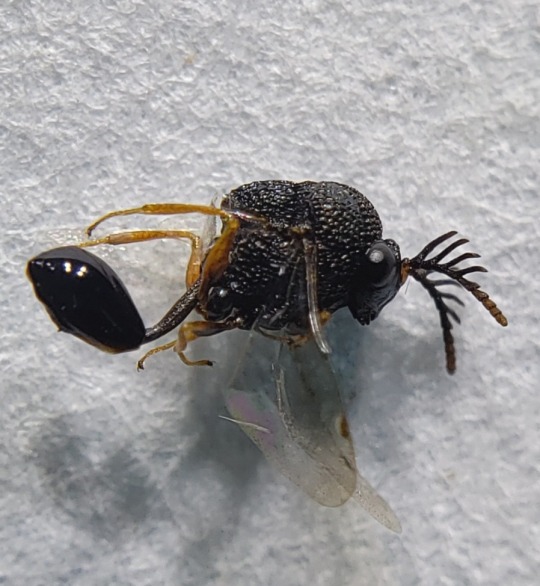
sometimes you find just a truly absurd little animal and you gotta marvel at life
Pseudochalcura gibbosa (Eucharitidae)
432 notes
·
View notes
Photo

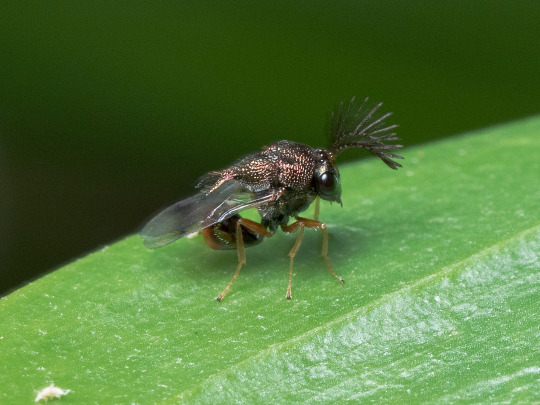


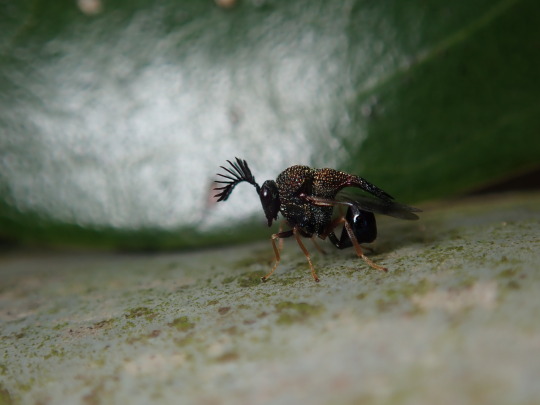
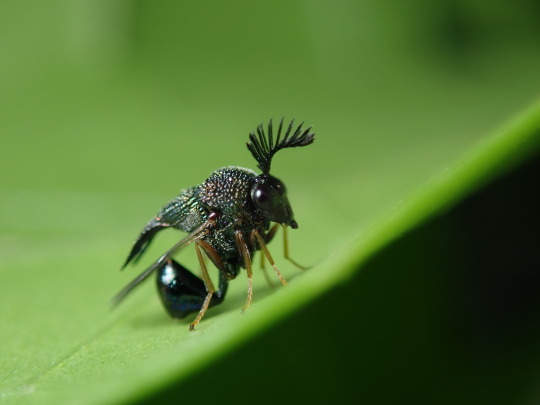
Thorny parasitoid wasps, Genus Schizaspidia, Eucharitidae, Asia
Photo 1 by jithesh, 2-3 by msone, 4 by rvp, and 5-6 by hollythefrog
#animals#curators on tumblr#insects#bugs#wasp#parasitoid#Schizaspidia#Eucharitidae#eucharitid wasp#one nice bug#check out those lush antennae!!#incredible
839 notes
·
View notes
Photo
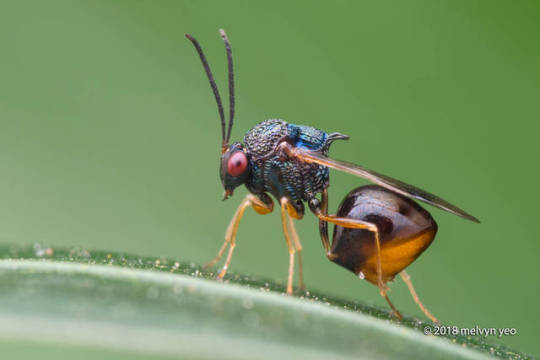
Eucharitidae parasitic wasps by melvynyeo
8 notes
·
View notes
Note
HEy important question do u know of any bugs with like... really weird/cool antennae
hell yeah i do
Warning this is gonna be a Lot of beetles
There’s literally an entire family of beetles called longhorns (Cerambycidae) that are famous for having Weirdly Long Antennae, some species with really uh. Interesting ornamentation, like this dude
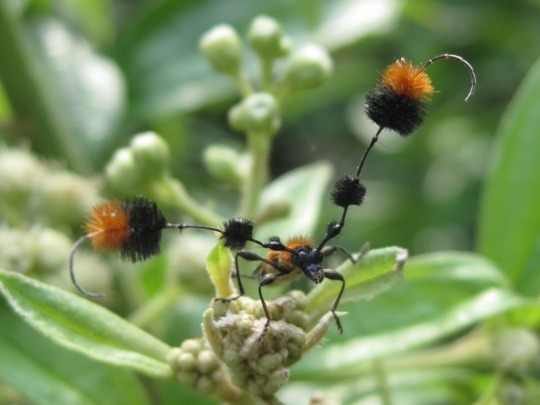
There’s a group of scarabs in the genus Polyphylla known as the Lined June Beetles which have some Nice lookin antennae. These guys are some of my favorites, I’d love to catch one someday.
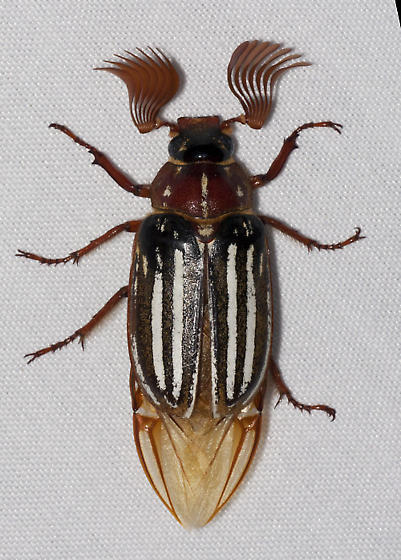
(via Bugguide)
Then we got glowworms (family Phengodidae, genus Phengodes), but only the males. The females stay larviform throughout their lives, but the males go through complete metamorphosis (they go through a larval stage, pupal stage, and adult stage) and get some pretty fancy antennae. look at this gorgeous man

(photo by Luisa Marina López Arias)
ok enough beetles. We got Silkmoths (family Saturniidae), a group of typically Massive moths where the males pretty much have satellites attached to their heads

(male Polyphemus Moth, Antherea polyphemus, via Bugguide)
Saturniids are interesting in that once they become adults they lose their mouthparts and basically starve to death, resulting in their adult lifespan lasting usually around a week. The largest moth species (typically credited to the Atlas Moth) is in this family.
There’s also this gorgeous animal, a parasitic wasp in the family Eucharitidae. Eucharitids specialize in parasitizing ants, which is interesting, because ants typically have very effective means of avoiding parasitoids.

(via Flickr)
There are Plenty more insects with really fascinating antennae, but this was getting long and also most of them are beetles.
1K notes
·
View notes
Text
I've recently rediscovered coffee. While I do prefer tea, coffee is still very much enjoyable in the morning. It's also snowing right now with freezing rain to come tomorrow morning. This is a sketch idea I came up with years ago, but never followed through or finished it until now. I present a Eucharitid with the smolest coffee and scarf to stay warm. Spring is just around the corner!

#hymenoptera#insect#wasps#wasp#entomology#apocrita#cartoon#parasitica#Eucharitidae#EucharitidWasp#Chalcidoidea
122 notes
·
View notes
Text


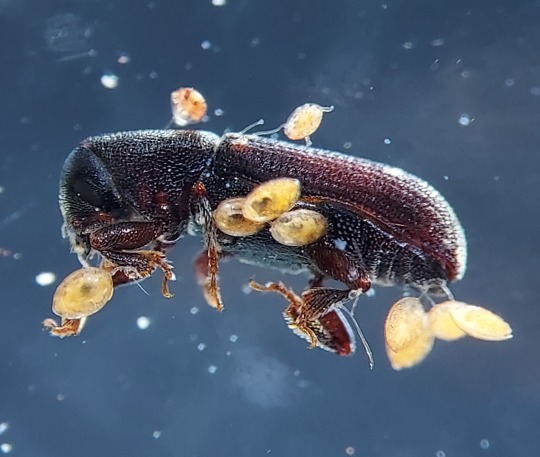


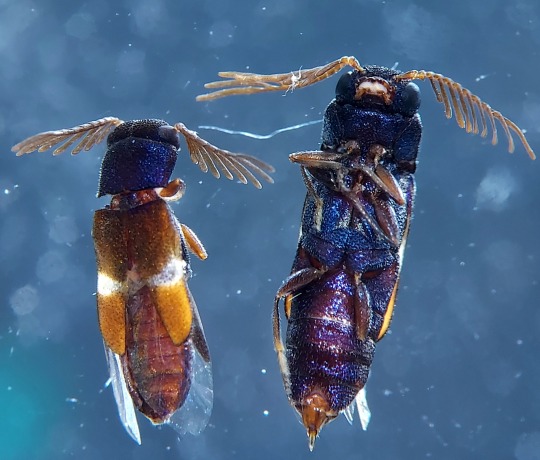
damn thats pets
56 notes
·
View notes
Text



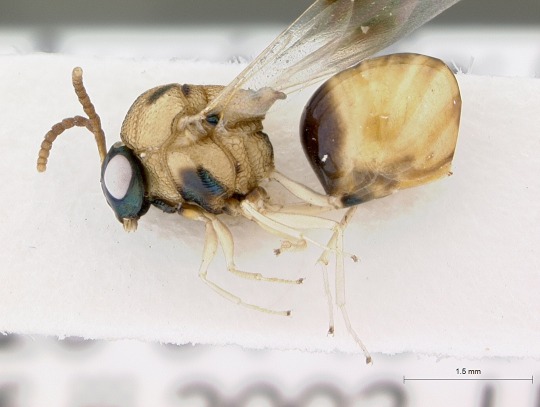






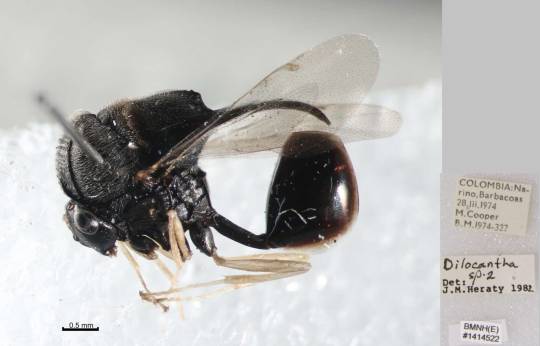
it's time to look at eucharitid wasps and appreciate just how shaped a beast can be
the working theory as to why so many have those big weird spines is that since they're often parasitoids of ants, they use the spines to protect their wings from the tunnel sides when the newly emerged adult crawls out of the ant nest
img sources: 1+2 3 4 5 6 7 8 9 10 11
260 notes
·
View notes
Photo

Étrangeté du vivant : une guêpe aussi belle qu’inquiétante Oubliez la classique guêpe noire et jaune, les Eucharitidae arborent un style totalement différent. Par exemple,
0 notes
Photo
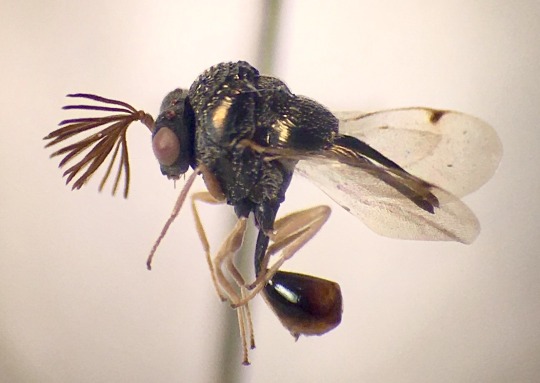
This weird little fella is a member of the wasp family Eucharitidae. They are parasitoids that feed in various stages of ants.
88 notes
·
View notes
Text
Étrangeté du vivant : une #guêpe aussi belle qu'inquiétante
Oubliez la classique guêpe noire et jaune, les Eucharitidae arborent un style totalement différent. Par exemple, Pseudochalcura nigrocyanea, l’espèce en photo ci-dessous, est un parfait exempl
0 notes
